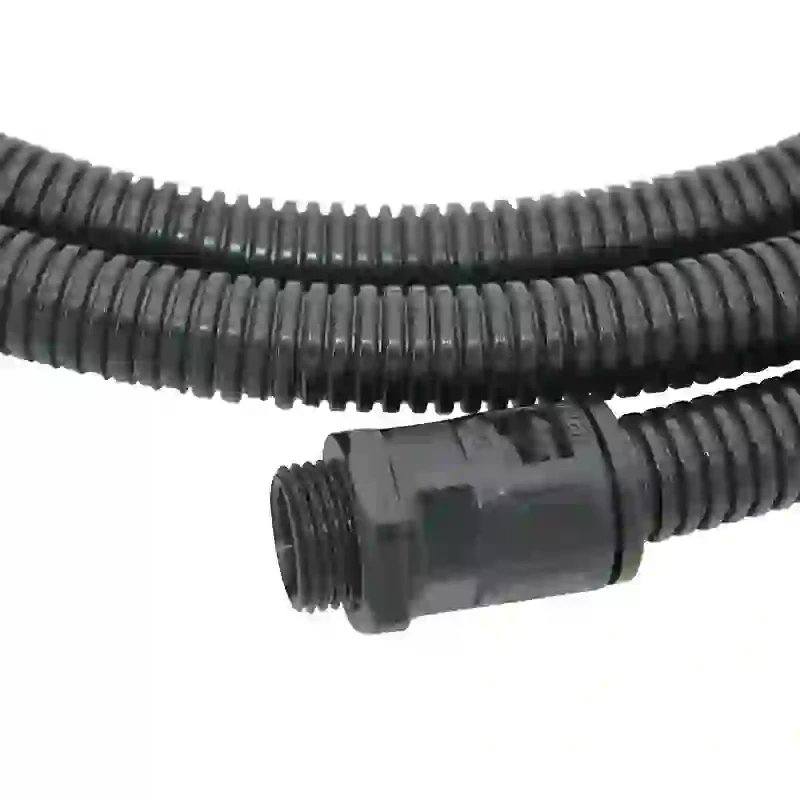cable track system
The Cable Track System An Overview
In today’s fast-paced technological landscape, the efficiency and management of cables are paramount. The cable track system emerges as a crucial solution for a variety of industries, offering a structured approach to organization, safety, and functionality of electrical and data cables. This article delves into what a cable track system is, its components, advantages, applications, and future outlook.
What is a Cable Track System?
A cable track system, often referred to as a cable carrier or cable drag chain, is a mechanical device designed to organize and protect moving cables and hoses in machinery and equipment. These systems provide a controlled pathway for cables, ensuring they remain untangled, safeguarded from wear and tear, and easily accessible for maintenance. The design of a cable track system typically includes a series of interconnected links that can bend and flex as machinery moves, allowing for dynamic environments without risking damage to the cables.
Key Components
The primary components of a cable track system include
1. Cable Track (Drag Chain) The central part that holds and organizes the cables. It is constructed from durable materials, such as plastic or metal, to withstand various environmental conditions. 2. Cables/Hoses The actual wire or hose that carries electricity, data, or fluid. These are placed inside the cable track to eliminate the risk of tangling and damage.
3. End Connectors These are essential for anchoring the cable track to machines or equipment. Proper installation ensures that the track remains stationary while the cables move freely.
4. Guides and Supports To maintain the integrity and smooth operation of the cable track system, supports and guides may be included to manage the direction and ensure the smooth bending of the cable track while in operation.
Advantages of Cable Track Systems
1. Organization One of the most significant advantages of cable track systems is their ability to keep cables organized. This prevents tangling and confusion, especially in complex environments with multiple cables.
2. Protection Cable tracks protect cables from physical damage, reducing wear and tear. This increased durability can lead to lower maintenance costs and extended lifespans for cables.
cable track system

3. Safety By keeping cables contained within a defined pathway, cable track systems help minimize trip hazards and potential accidents in the workplace.
4. Flexibility Cable track systems offer design flexibility, accommodating various sizes and types of cables. They can also be customized for specific applications, ensuring optimal performance in diverse environments.
5. Improved Efficiency With a cable track system, downtime is reduced because maintenance becomes straightforward. Technicians can access and replace cables without extensive dismantling of machinery.
Applications of Cable Track Systems
Cable track systems are widely used across various industries. Some common applications include
- Manufacturing In factories, cable tracks are integrated with robotic systems and conveyor belts that require efficient cable management. - Automotive Cable track systems are pivotal in assembly lines, providing seamless movement of electrical components during vehicle production.
- Aerospace In aircraft manufacturing, cable tracks ensure that critical systems function reliably and maintain safety standards.
- Cranes and Material Handling Equipment These systems ensure that power and control cables are consistently managed, allowing heavy equipment to operate without disruption.
Future Outlook
As industries continue to evolve towards automation and advanced technology, the demand for effective cable management solutions like cable track systems will likely grow. Innovations in materials and design will enhance durability and functionality, allowing cable tracks to adapt to more complex environments. Furthermore, the integration of smart technology could enable real-time monitoring of cable conditions, offering predictive maintenance capabilities and enhancing overall system reliability.
Conclusion
In summary, the cable track system represents a vital aspect of modern industrial and technological operations. By providing a reliable means to manage, protect, and organize cables, these systems contribute significantly to safety, efficiency, and longevity in equipment and infrastructure. As industries continue to innovate, the evolution of cable management solutions will undoubtedly play an integral role in shaping the future of technology and automation.








